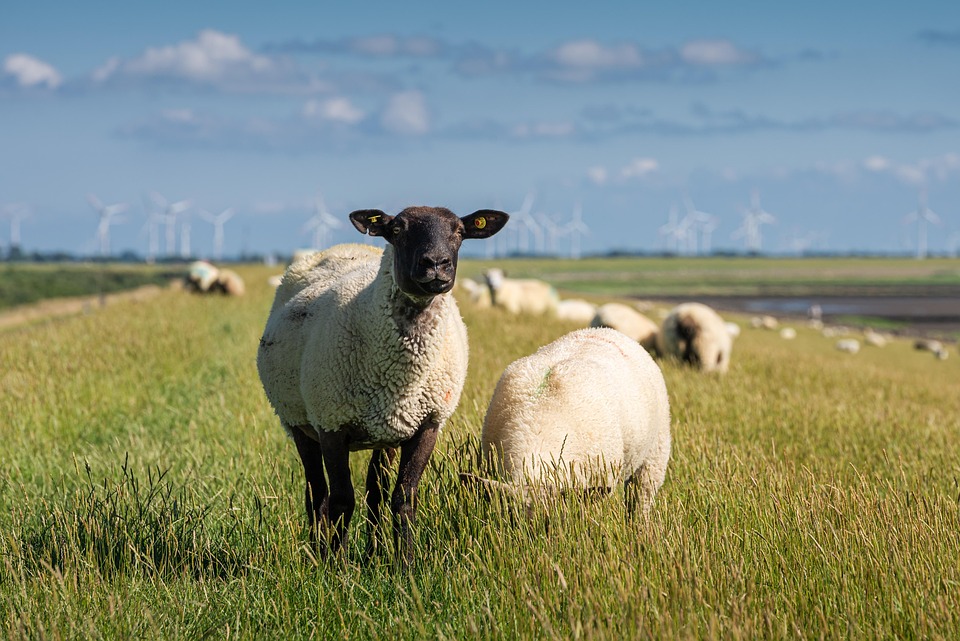### Water Wise: Sustainable Irrigation Techniques for a Thirsty Planet
Years ago, while tending to a community garden in the heart of summer, I watched the sun beat down mercilessly on newly planted seedlings. Despite our hard work, the plants struggled under the blazing heat. Inspired by the idea of protecting our precious water resources, I dove deep into the world of sustainable irrigation techniques. Fast forward to today, and I feel excited to share a treasure trove of wisdom on how we can all be “water wise” and cultivate flourishing gardens, all while conserving our invaluable water sources.
#### The Challenge of a Thirsty Planet
The earth is experiencing unprecedented challenges, from climate change and drought to an over-dependence on conventional irrigation systems. As populations continue to grow, the demand for food rises, leading us to reconsider how we use our critical water resources. Innovative irrigation techniques not only enhance garden productivity but also promote sustainability, enabling us to nourish our plants without exhausting our planet.
Let’s dive into a treasure chest of sustainable irrigation practices that can make a significant impact on your watering routines.
—
#### Drip Irrigation: The Gold Standard
Drip irrigation systems deliver water directly to the plant roots, minimizing evaporation and runoff. This method is incredibly efficient, using up to 60% less water than traditional sprinkler systems.
**How It Works:**
– **Components:** A network of tubes and emitters channels water directly to base roots.
– **Customization:** Adjust the emitters based on plant types and their water needs.
**Pro Tip:** Use a timer to automate your irrigation system, optimizing not only water use but also alleviating the need for manual monitoring.
—
#### Rainwater Harvesting: Nature’s Gift
Why not collect the very water that falls from the sky? Rainwater harvesting is an age-old practice that reduces dependency on municipal water and is free!
**How It Works:**
– **Catchment Systems:** Set up gutters and downspouts on roofs to funnel rainwater into storage tanks or barrels.
– **Filtration:** Use simple filters to ensure the water remains clean for irrigation.
**Pro Tip:** Create a dual system where you can use harvested rainwater for irrigation and potable water needs, separating it with appropriate filtration systems.
—
#### The Power of Mulching
Mulching can be a game-changer for your garden, primarily by retaining moisture in the soil and reducing the need for frequent watering.
**How It Works:**
– **Organic Matter:** Use straw, wood chips, or shredded leaves to create a protective layer on the soil.
– **Temperature Regulation:** Mulch helps in regulating soil temperature, preventing it from becoming too hot or cold for plant roots.
**Pro Tip:** Experiment with various organic mulch materials to see which ones your plants prefer, as different natural substances can yield varying effects.
—
#### Soil Moisture Sensors: The Tech-Savvy Choice
Integrating technology into gardening isn’t just for the tech-savvy. Soil moisture sensors take the guesswork out of watering by providing real-time data on how hydrated your soil is.
**How It Works:**
– **Measurement:** Sensors gauge moisture levels, determining when to water.
– **Automated Systems:** Many systems can be programmed to trigger irrigation based on moisture readings.
**Pro Tip:** Place sensors at different depths to capture more accurate readings and adapt your watering schedule according to varying root needs.
—
#### Choosing Native and Drought-Tolerant Plants
Embracing indigenous flora and crops designed for arid conditions can drastically reduce your irrigation requirements. These plants thrive in your specific climate and require less attention.
**How It Works:**
– **Local Flora:** Research which native plants flourish in your area — they will often adapt better than exotic species.
– **Diversity:** Mix native plants with your existing garden to create a synergetic ecosystem.
**Pro Tip:** Join local gardening groups to learn from fellow enthusiasts about the best drought-resistant species for your area.
—
#### Greywater Recycling: Reuse the Waste
Recycling greywater from baths, sinks, or washing machines—excluding toilet waste—can significantly reduce fresh water use in landscaping.
**How It Works:**
– **Collection:** Install a simple system to redirect greywater safely to plants.
– **Safety Precautions:** Use non-toxic, biodegradable soaps and cleaners to ensure the water is safe for your garden.
**Pro Tip:** Use drip irrigation methods when utilizing greywater to avoid oversaturation and potential plant root rot.
—
#### Aeroponics: Watering Without Soil
This innovative technique offers a soil-free way to grow plants by suspending them in the air and misting their roots with nutrient-rich water.
**How It Works:**
– **Suspension:** Plants are positioned in a network, allowing maximum air exposure.
– **Spraying:** Automated misting systems deliver nutrients directly to roots.
**Pro Tip:** Aeroponic systems can be adapted for small living spaces, perfect for urban gardening enthusiasts.
—
#### Creating a Permaculture Design
Implementing a permaculture design promotes a self-sustaining garden that naturally retains water and nutrients, creating a balanced ecosystem.
**How It Works:**
– **Observation:** Assess your garden’s natural rainfall patterns and biodiversity.
– **Layering Techniques:** Incorporate various plant species, trees, shrubs, and groundcover to create microclimates.
**Pro Tip:** Observe how water flows in your garden and use the land’s natural contours to direct water to where it’s most needed.
—
### Conclusion: Cultivating with Care
The task of conserving water while gardening can seem daunting, yet each small effort accumulates into substantial change. Embracing sustainable irrigation techniques not only serves your garden but also nurtures the earth. By adopting strategies like drip irrigation, rainwater harvesting, and using native plants, you contribute to a more sustainable planet.
Through shared knowledge and experience, we cultivate a greener future together, proving that eco-friendly practices can work hand-in-hand with growing bountiful gardens.
—
### Pro Tips Recap
1. **Automate your irrigation** with timers for efficient water use.
2. **Experiment with organic mulch** to enhance moisture retention.
3. **Use soil moisture sensors** for precise watering schedules.
4. **Recycle greywater** wisely, ensuring safe practices.
5. **Explore permaculture principles** for a naturally thriving ecosystem.
As we embrace these techniques, let’s remember that every drop counts. Together, we can make strides toward nurturing both our gardens and our planet, thriving in harmony with nature.



